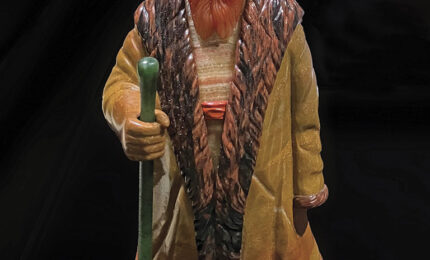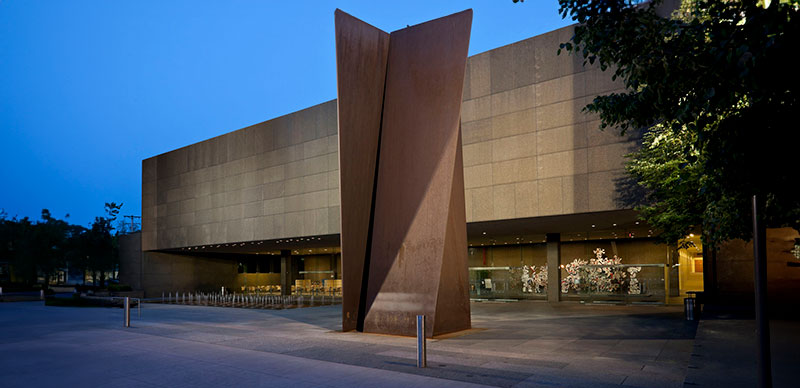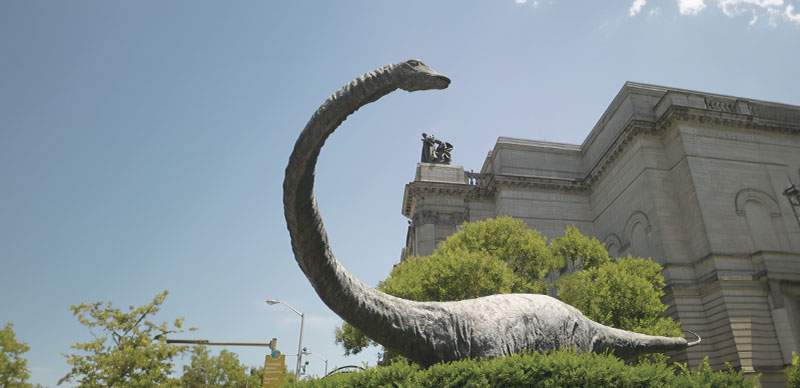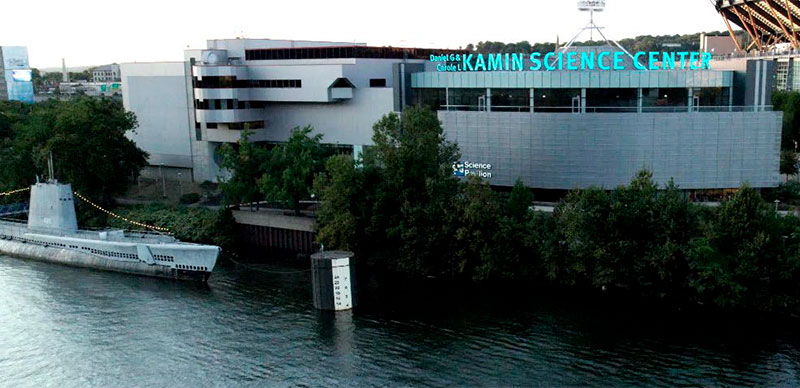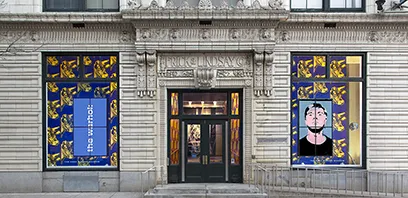
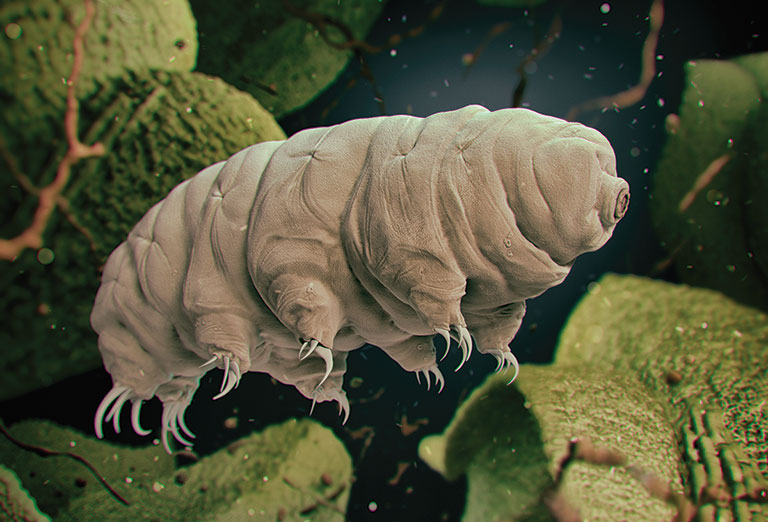
Tardigrades, often called water bears or moss piglets, belong to an elite category of animals known as extremophiles—which, by definition, means they’re almost indestructible. Nearly microscopic, tardigrades can go up to 30 years without food or water, and live at temperatures as cold as absolute zero or above boiling, and at pressures six times that of the ocean’s deepest trenches. This resiliency is in part due to a unique protein in their bodies called Dsup—short for “damage suppressor”—that protects their DNA.

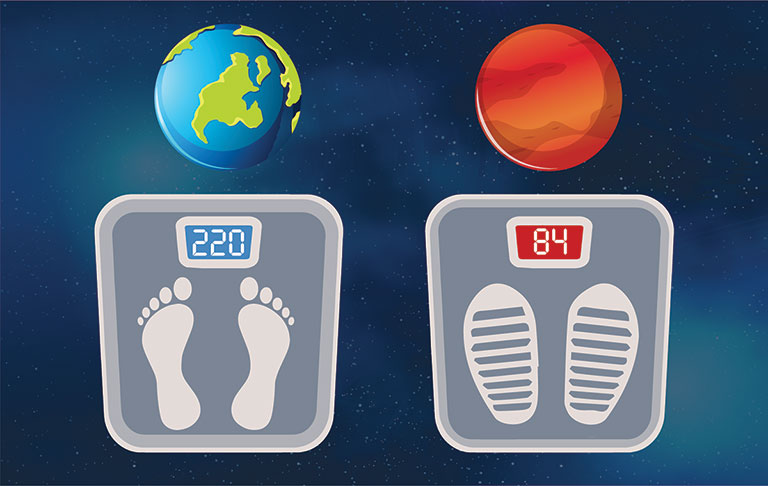
Because of lower gravity, a person who weighs 220 pounds on Earth would weigh only 84 pounds on Mars. Reason enough, maybe, for the Mars space race?

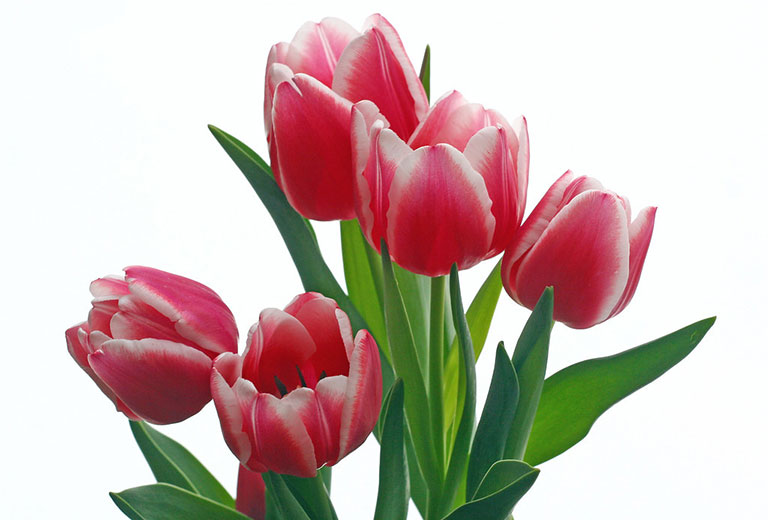
Tulips, which are part of the lily family (a relative of the onion!), come in more than 3,000 naturally occurring and genetically cultivated varieties—a feast for winter-weary eyes!

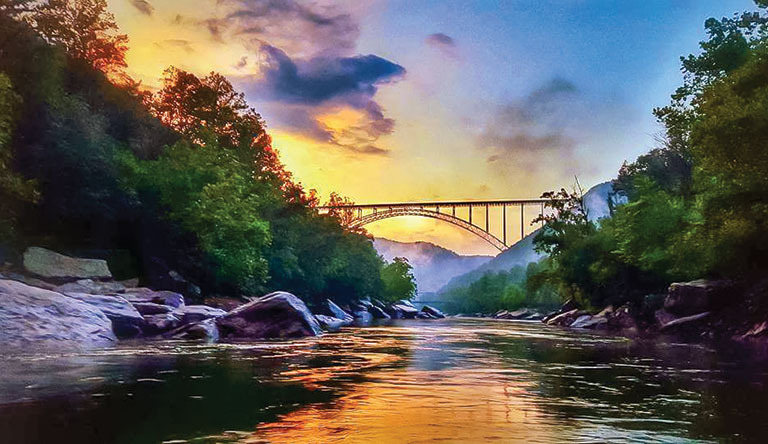
Photo: Wendy Parks Scott
West Virginia’s New River Gorge, a three-and-a-half-hour drive from Pittsburgh, is the country’s newest national park. Once ravaged by timber and coal extraction, the 70,000 acres of land along the New River have evolved into a top adventure destination known for rock climbing and white-water rafting since its designation as a national river in 1978. Advocates for the upgrade expect the full-park status will bring more cache—and visitors—to the 53-mile stretch of the New River, one of the oldest rivers on the continent, and the rugged tangle of Appalachian forest around it.


To ring in 2021, Boston Dynamics posted a video of its next-generation, agile robots Atlas, Handle, and dog-inspired Spot, dancing to “Do You Love Me?” A compelling mix of technical prowess, creativity, and pure fun, it was viewed more than 25 million times. Viewers could swear that the machines saw an engineer do “the robot” and felt compelled to respond. But humans, of course, had to code each swivel and sway. It’s a peek into the future of robotics, where mobility—and a sense of rhythm?—rule.


